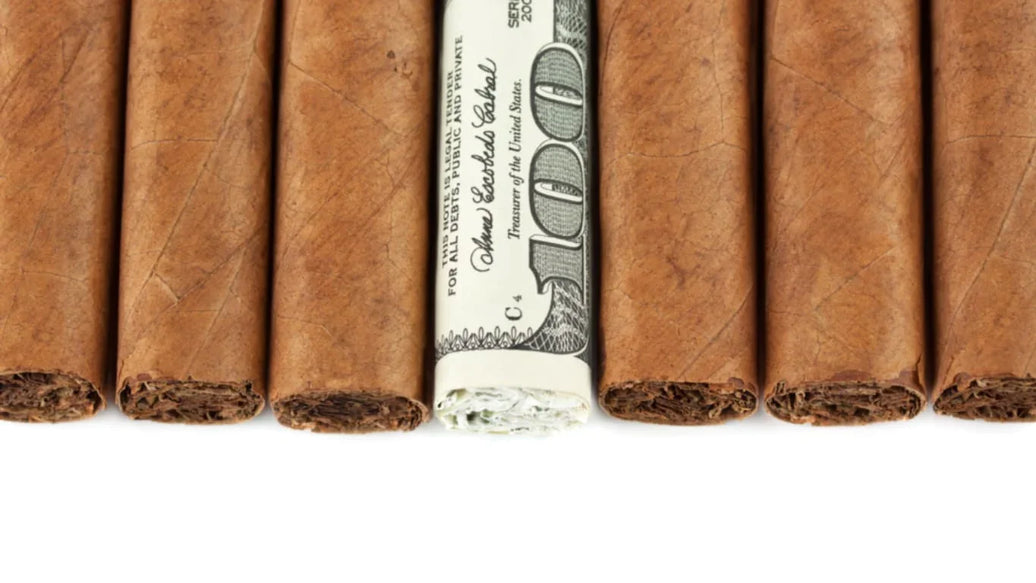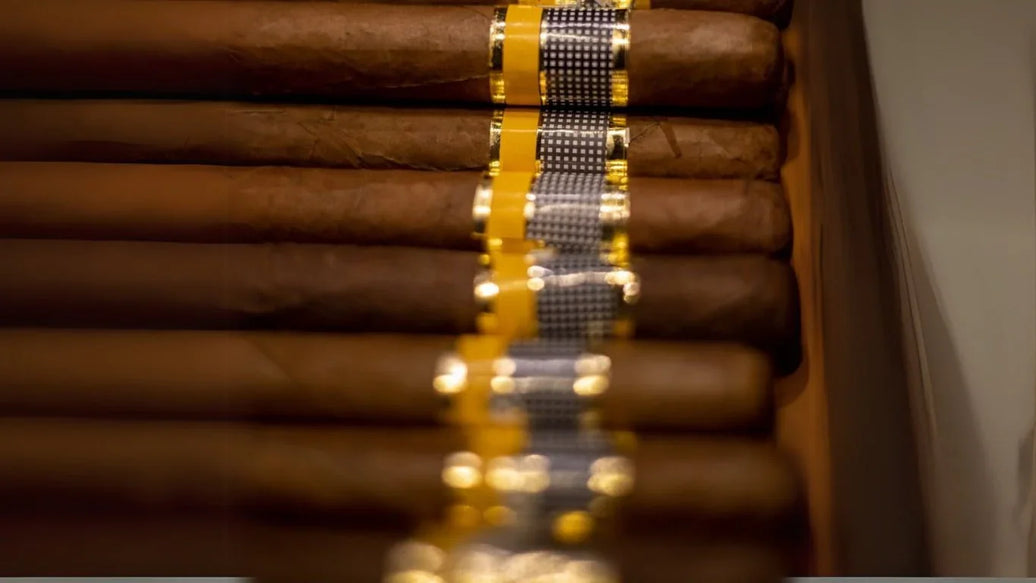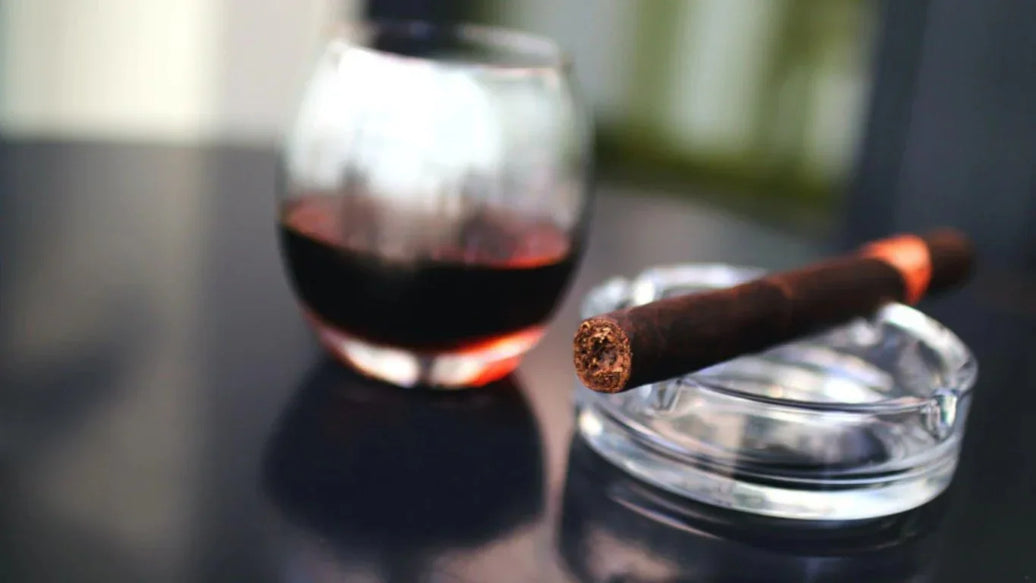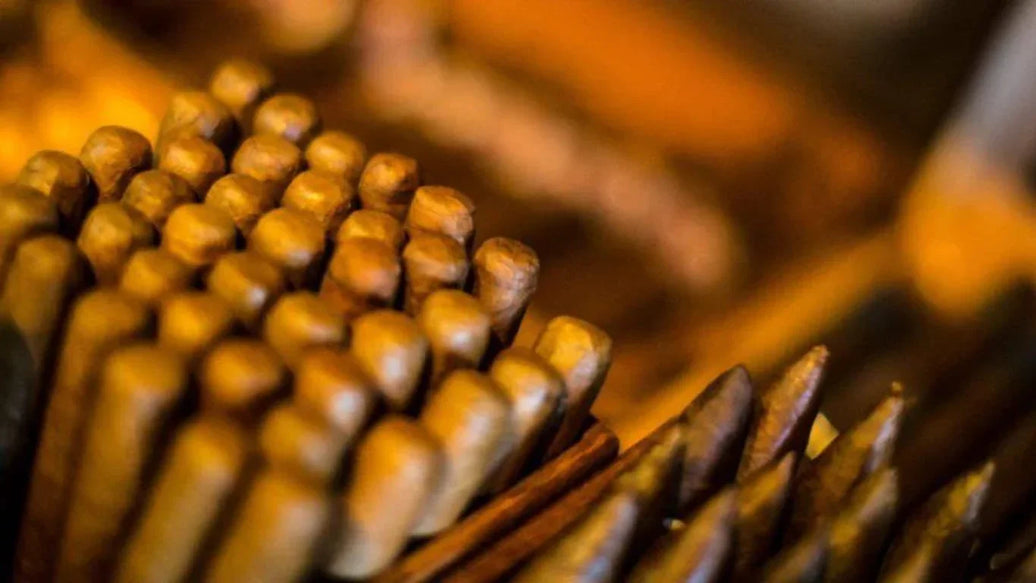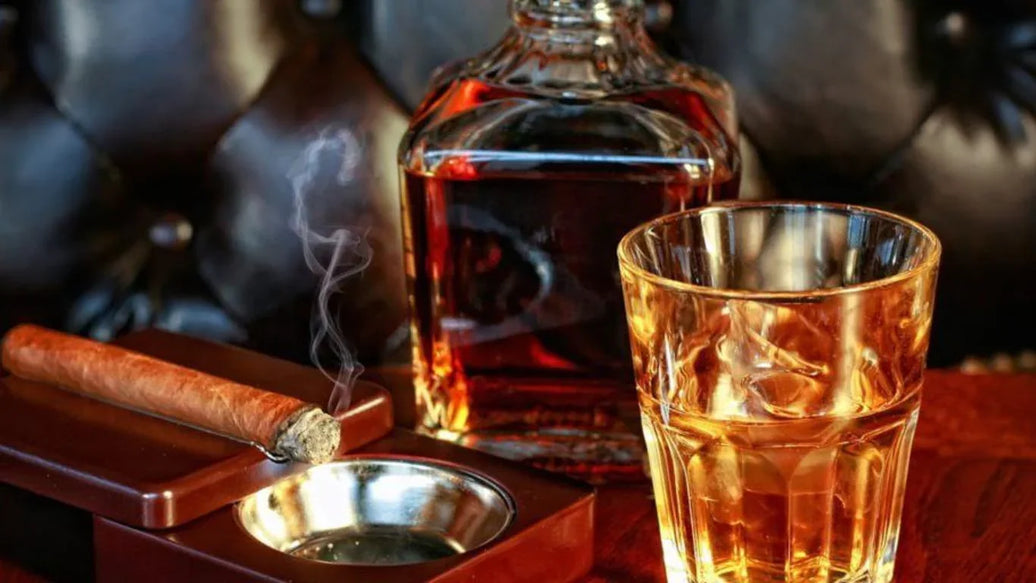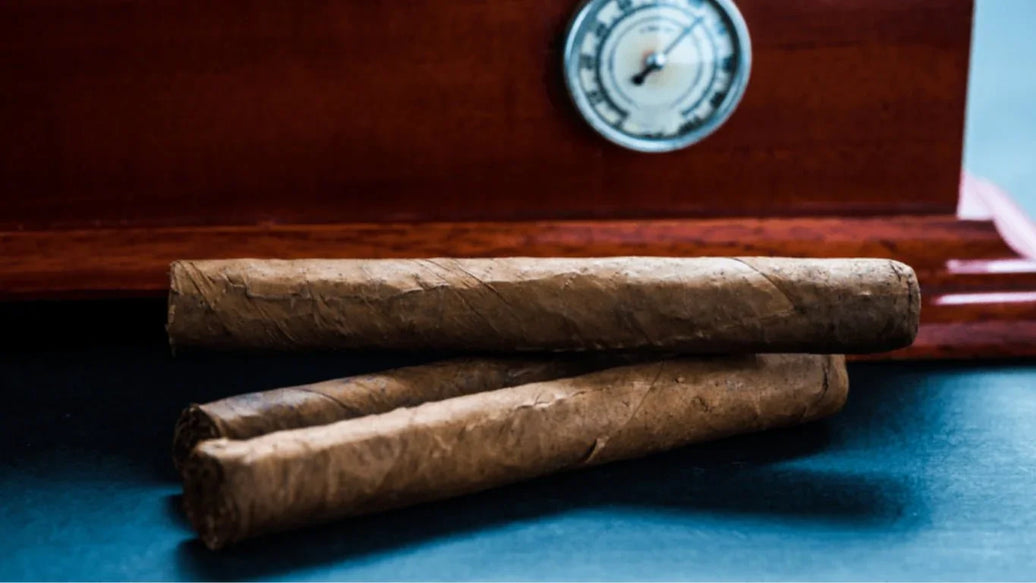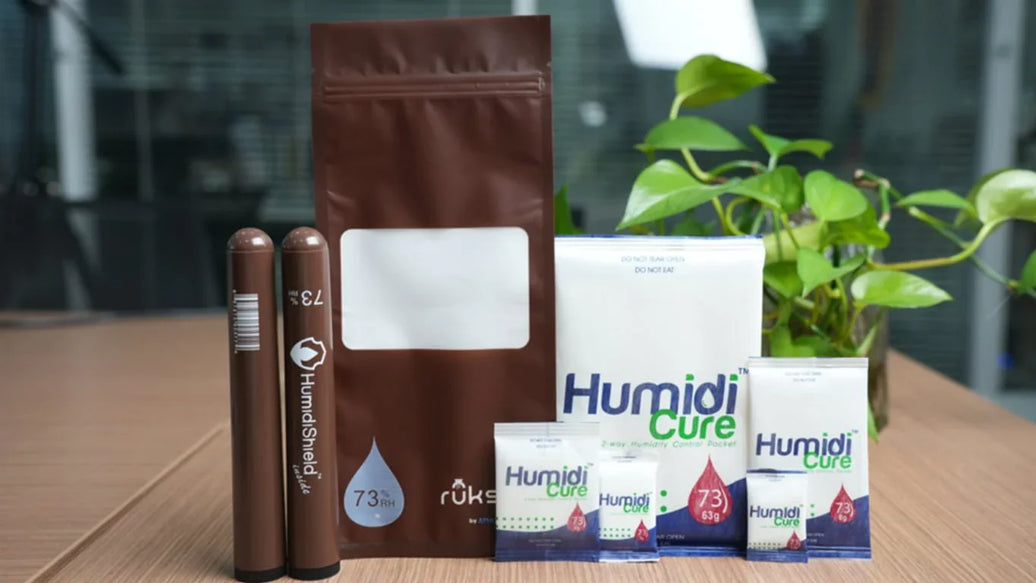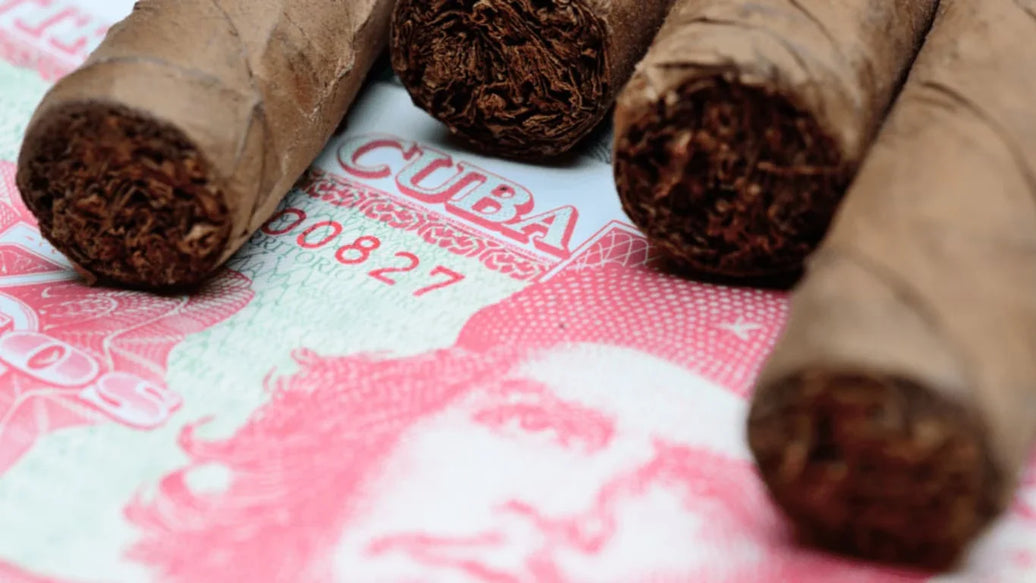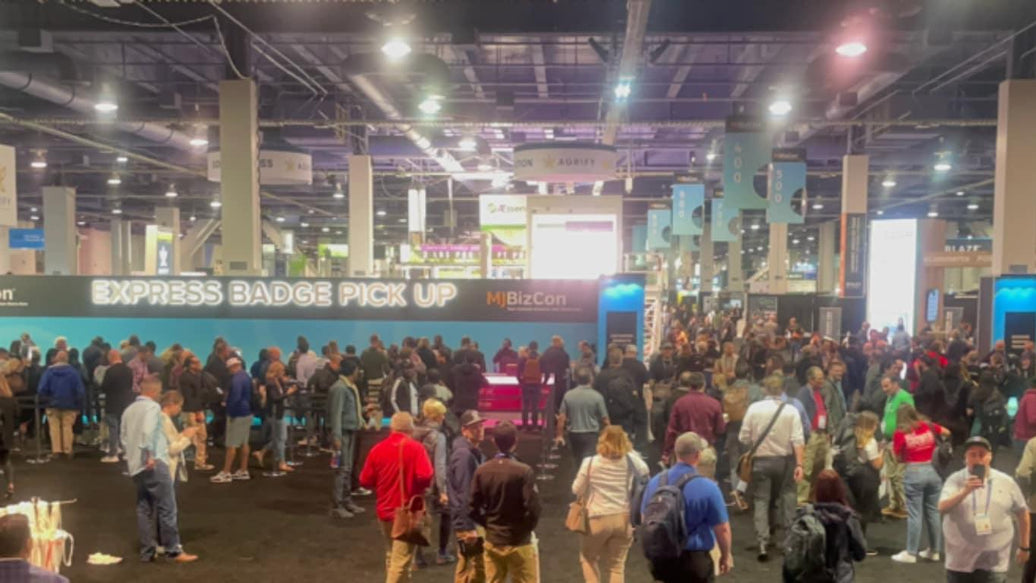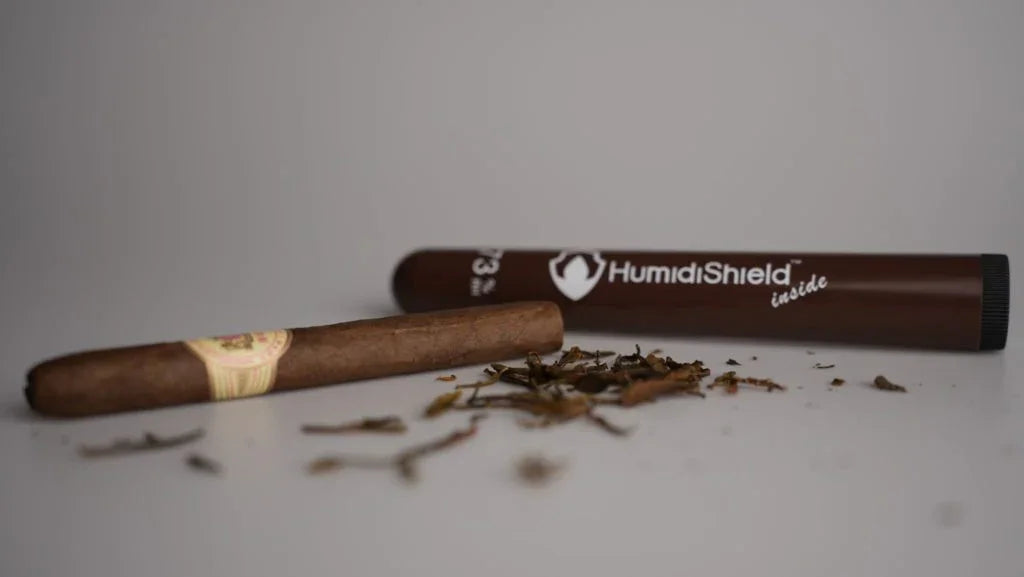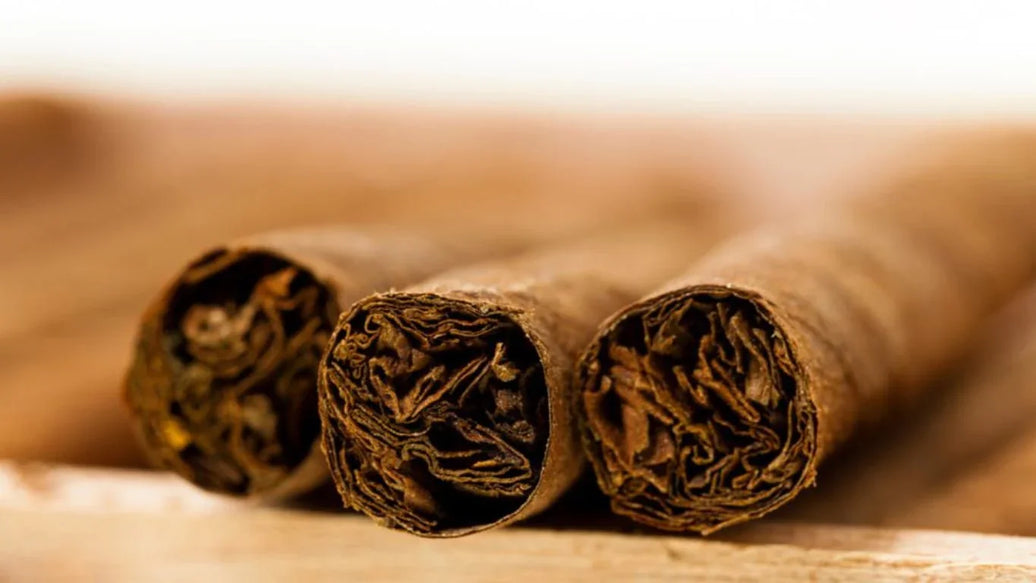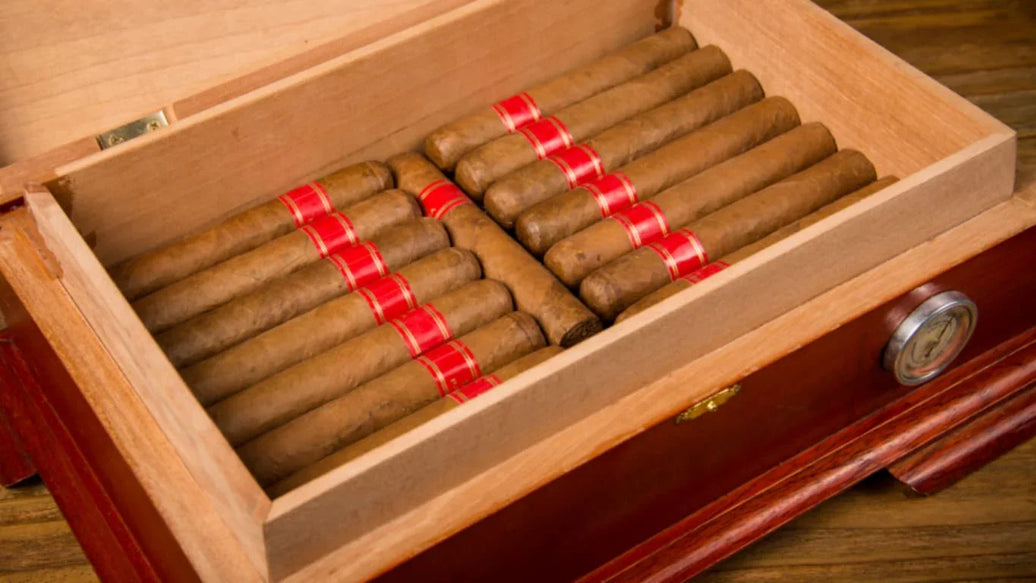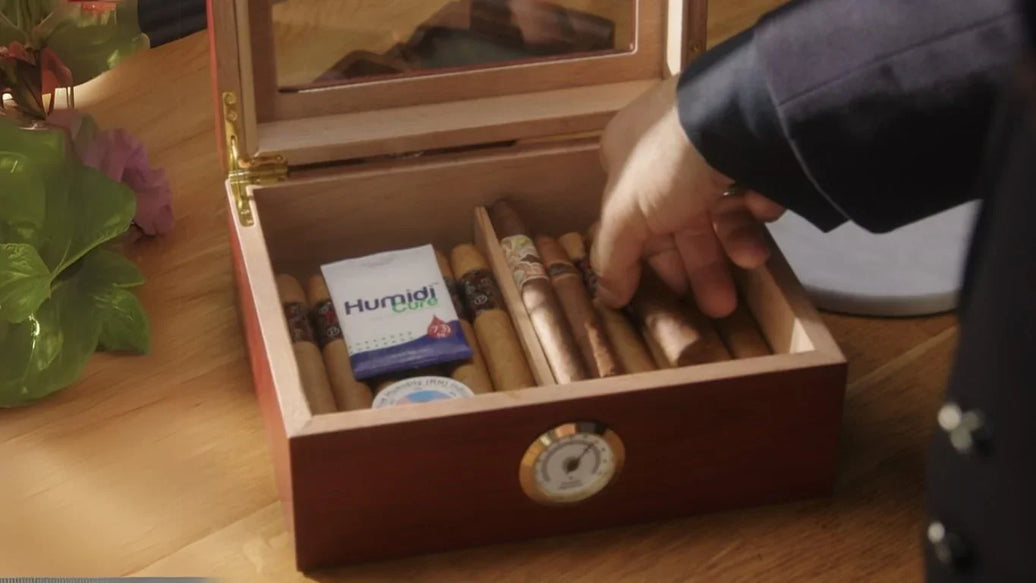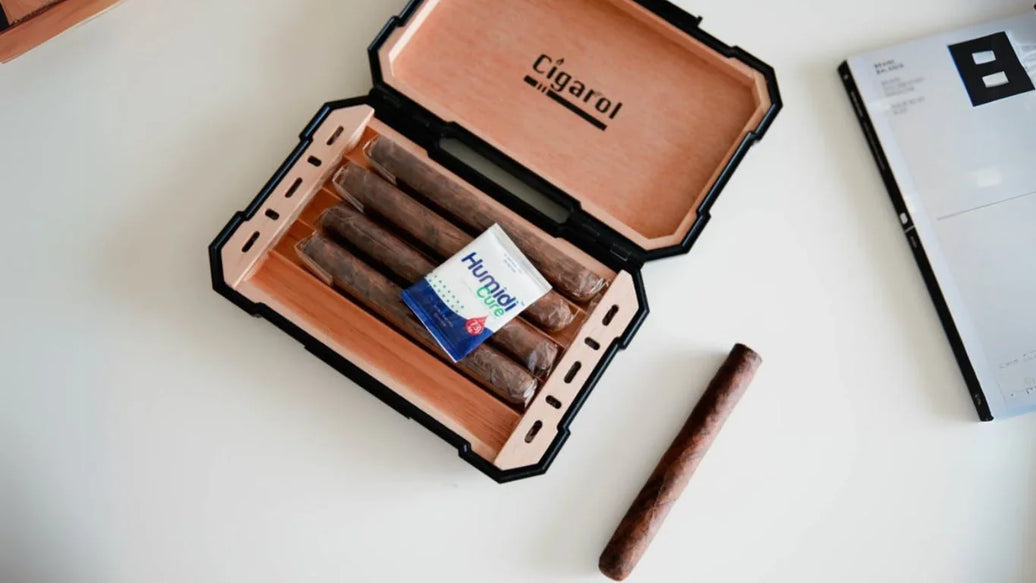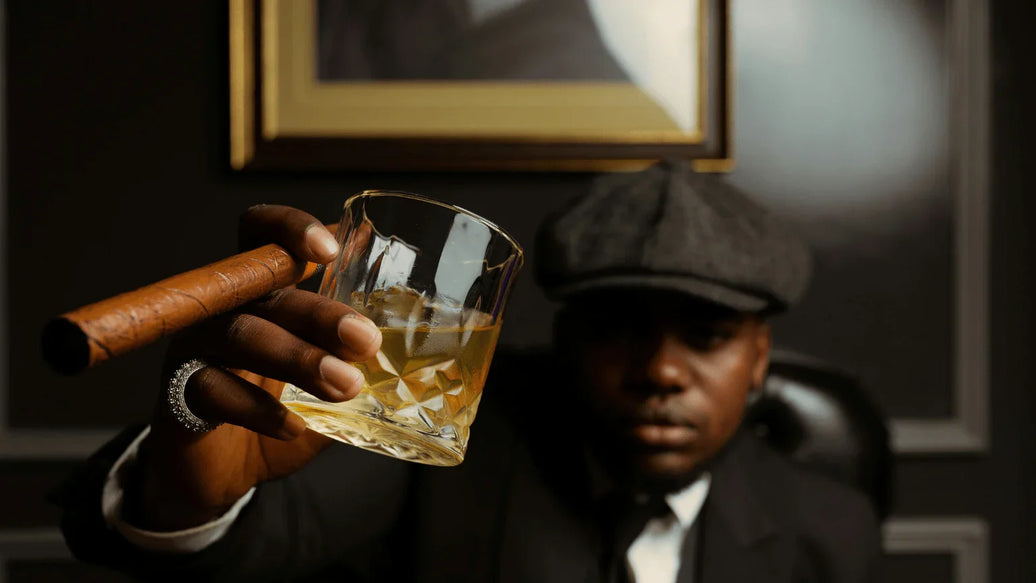
There’s nothing quite like a good cigar. Since the 10th century, tobacco enthusiasts worldwide have been lighting up, and there’s no shortage of great brands to choose from.
However, unless you’re a stogie connoisseur, the sheer number of brands available can make picking one difficult.
If you’re looking for the perfect father’s day gift or just want to treat yourself to some premium tobacco, look no further.
These eight brands make stogies that are rich in both history and flavor.
Oliva
In 1886, Melanio Oliva started growing tobacco in Pinar Del Rio, Cuba. He would turn this operation into a successful business until the war for Cuban independence forced Melanio to suspend it.
Years later, Melanio’s son, Facundo Olivia, took over the family business. Facundo continued his father’s work for several decades.
However, as Cuba’s government became overrun by communists, the country’s tobacco industry sustained major changes.
These changes forced Facunda’s son, Gilberto, to move his family’s operation to Nicaragua.
Today, the Oliva family continues to grow Cuban-seed tobacco using the same tried and trusted methods as Melanio.
Oliva cigar’s quality and authentic Cuban taste have made them some of the highest rated in the industry.
Frankly, If you haven’t tried an Oliva, you’re missing out.

ATMOSIScience Inc. CEO, Wilson Huang (left) with Oliva Cigar’s Nick Zaglifa (right)

ATMOSIScience Inc. CEO, Wilson Huang (left) with Oliva Cigar’s Jeff Nolen (right)
Cohiba
Few Cuban cigars have achieved the same level of notoriety as Cohiba.
When Fidel Castro came into power in 1959, Cuba and the cigar industry changed forever.
Minor brands that could not adapt died off, while new ones flourished thanks to supporting Castro.
After trying a “fuma” made by a cigar factory worker named Eduardo Rivera Irizarri, Castro created the El Laguito factory where the Cohiba was born.
The Cuban dictator was enamored by the cigar’s unique shape and flavor, and it quickly became his favorite smoke.
Since then, the Cohiba brand has undergone many changes. However, one thing that hasn’t changed is the premium taste that cemented Cohiba as a staple of the Cuban Cigar industry.
Davidoff
The influence of Cuban cigar-making tradition can be seen worldwide, particularly in Europe.
At the age of 19, Zino Davidoff, the son of a prominent Ukrainian cigar merchant, began his travels in Latin America.
There he was exposed to the prosperous tobacco industries of the region, and he brought back what he learned to help grow his family’s business in Europe.
In 1947, Zino used what he had learned from his travels to launch two new lines of cigars.
This unique blend of Latin and European influence set Davidoff’s cigars apart from their competition, becoming a symbol of status synonymous with luxury and the finer things in life.
After a tumultuous business relationship with Cuba’s state-run cigar industry, Davidoff moved their production center to the Dominican Republic.
This move allowed them to maintain the level of quality control that has made Davidoff a global brand today.
Their cigars range on the pricier side but know that when you smoke a Davidoff, you’re indulging in one of the finest cigars money can buy.
As Zino himself put it: “smoke less, but better.”
Montecristo
Montecristo’s namesake comes from the Alexander Dumas novel The Count of Montecristo, which was often read aloud to cigar rollers as entertainment to help pass the time while they worked.
The timeless tale of betrayal, jealousy, and revenge inspired a man named Alonzo Menendez, who launched Montecristo in 1935 after buying the Particulares cigar brand.
In 1960 the entire Cuban cigar industry was nationalized by Fidel Castro, forcing Alonzo to abandon his factory and flee the country. Shortly after, Menendez and his son Benjamin launched a new brand named Montecruz.
They capitalized on the U.S.’s trade embargo on Cuban goods by selling cigars whose blend and design heavily mimicked the Montecristo brand.
This helped Menendez market his products to American consumers who could not get their hands on the real Montecristo cigars.
It worked, and Montecruz quickly became one of the top-selling premium cigars in the U.S.
In 1970 Montecruz moved the operation to the Dominican Republic, allowing them again to use the name Montecristo through a legal loophole.
Today, the two Montecristos produce cigars of comparable quality that cater to slightly different tastes. The benefit to stogie enjoyers is that you can decide which you prefer.
Padrón
Jose Orlando was another unfortunate member of the Cuban cigar exile club. He was born in 1926 and worked on his grandfather Damaso Padrón’s tobacco farm until the Castro regime nationalized it in 1961.
Jose moved around several times before finally settling in Miami in 1962. After arriving in the U.S., he struggled to earn a living for himself.
He survived off of government aid money that the U.S. provided for Cuban refugees and eventually got work as a carpenter.
Jose was determined to rebuild what his family lost, and in 1964 he made that dream a reality by opening Padrón cigars.
He found that the long curing process of American tobacco limited his output, so he switched to a Nicaraguan supplier in 1967.
Not long after making this switch, Padrón cigars started selling like hotcakes. Struggling to keep up with demand, Jose moved the company again to Nicaragua.
Padrón would continue to face several setbacks. In 1978 the Nicaraguan Revolution was in full effect, and the Padrón factory was razed to the ground in the conflict. Fortunately, another factory had been built across the border in Honduras.
Through all the trials and turmoil, Jose Orlando never lost sight of his business. Thanks to his passion for cigar-making, Padrón continues to be family-run to this day and is one of the most recognizable brands on the market.

ATMOSIScience Inc. CEO, Wilson Huang (middle) with Padrón Cigar’s Rudy Padrón (left) and Elizabeth Padrón (right)
Ashton
Unlike other entries on this list, Ashton is a relative newcomer in the cigar industry. Brand founder Robert Levin developed a love of cigars early in his life.
His father was the owner of Holt’s Cigar Company, a historic cigar shop in Philadelphia where Levin worked for many years.
Levin took over the business in 1970, and in the following years, Holt’s saw steady growth through it’s expansion into retail and mail order markets.
Using his success with Holt’s momentum, Levin launched Ashton in 1985. Shortly after, he partnered with revered cigar maker Carlos Fuente Sr and his son Carlito.
The Fuente family’s factory in the Dominican Republic gave Levin access to the high-quality tobacco leaves needed to make premium cigars worthy of the Ashton brand. This partnership has made Ashton a brand of uncompromising quality.
Today, Ashton is run by Robert and his son Sathya Levin, whose leadership has allowed Ashton to cater to the changing tastes of stogie lovers around the world.

ATMOSIScience Inc. CEO, Wilson Huang (right) with Ashton Cigar’s Shawn Ridgers (right)
My Father
My Father is another example of how storied cigar traditions are adapted to suit modern tastes.
The origin story of My Father can be traced back to one man: José Pepin Garcia. José was born in Cuba in 1950, where he began making stogies at an early age.
His formative experience in the Cuban cigar industry would inspire a lifelong passion for the craft, and In 2003 José turned this passion into a business.
My Father was born when the Pepin family acquired a small cigar factory in Little Havana, and by 2009 the brand had expanded to Nicaragua. Today, My Father continues to be family owned and operated.
For the past 20 years, the Pepin family has produced blends of the finest tobacco, whose uncompromisingly robust and aromatic flavors are adored worldwide for their combination of strength, richness, and spicy aroma.

ATMOSIScience Inc. CEO, Wilson Huang (right) with My Father Cigar’s Don José Pepin Garcia (left)
ACE Prime
ACE Prime came onto the scene in 2005 as a vertically integrated business spanning all cigar production and distribution facets.
The vision of three friends, Luciano Meirelles, Don. Eradio Pichardo, and Tiago Splitter, ACE Prime, have been lauded for its heritage craftsmanship and dedication to humanitarian causes.
The ACE Prime family of cigars has garnered numerous celebrity and industry veteran endorsements for their unique and flavorful blends.

ATMOSIScience Inc. CEO, Wilson Huang (left) with ACE Prime Cigar’s Luciano Meirelles (right)
Their Legacies: The Past, The Present, And The Future
The brands featured on this list show that the craft of cigar-making continues to thrive centuries later.
Through trials and tribulations, these brands have infused their rich histories into their products for all to enjoy.
So, get out there and honor their legacies by sharing some premium cigars with the people you love. Cheers.
Here’s How To Protect Your Cigars From Getting Too Moist Or Dry
Depending on where you live or how you store your stogies, they are subject to the elements which can downgrade their quality, flavor, aroma, and enjoyment.
This is why finding a solution such as a humidor or 2 way humidity control for cigars is vital for preserving your stogies for the long haul.
Humidi-Cure™ 2-Way Humidity Control Packs For Cigars
You may already be familiar with moisture packs for keeping stogies fresh. They are popular with users because they are easy to use and effective.
If you want the best humidity packs for cigars, look no further.
Humidi-Cure™ cigar moisture packs are made with advanced and proprietary technology that doesn’t contain liquids, which means no potential leaks when absorbing and expelling moisture.
They come with free RH level indicator cards to inform you of the current humidity percentage inside your container or humidor, allowing for peace of mind.
The RH level indicator cards also help reduce physical contact with your stogies by checking them less frequently to ensure their quality.
Once you experience the difference in your stogies, they will become you and your cigar’s new best friend.
ATMOSIScience liner 2-Way Humidity Control Tubes For Cigars
If you’re someone who enjoys a cigar out and about, whether in a bar, lounge, coffee shop, at the beach or whenever you prefer, leaving your cigars out in the elements can take a toll on them.

Our 2-way humidity control cigar tubes protect a single stogie inside and out. The hard shell exterior protects them from any physical contact, and 2-way humidity control technology is built inside the tube’s cap.
After using one, you’ll never want to take your cigars out without a ATMOSIScience liner moisture control tube.
ruksak™ 2-Way Humidity Control Bags For Cigars
If you’ve ever purchased cigars from a store or wanted to bring multiple sticks with you somewhere, you’ve had them placed in a regular plastic bag.
Although this is fine for short periods, they will not protect your cigars from the elements. ruksak™ cigar bags strike the perfect balance, offering the same advanced technology in our Humidi-Cure™ and ATMOSIScience liner 2-way humidity control products built inside the bags.
The bags are large enough to fit multiple premium cigars inside, so you’ll be prepared for any event or activity, rain or shine.



